Between 1914 and 1918, about 10 million combatants and 10 million civilians were killed, and another 21 million were hurt and injured due to the fight.
The Allies, including the United Kingdom, France, the United States, Italy, Romania, Russia, and Japan, fought against the Central Powers.
Central Powers’ countries included Germany, Austria-Hungary, the Ottoman Empire, and Bulgaria.
Though the Great War is usually referred to as a World War, it is crucial to note that not every country on the planet took part.
Consequently, neutrality developed into various legal and political mechanisms to mitigate the influence of wars on the global order.
As such, this type of neutrality did not withstand the first “total war.” Being neutral was still feasible, but only under strict conditions.
Neutrality, as it stood during World War 1 in 1914, was thus, shaped mainly through its evolution during the “long” nineteenth century.
Recognized as a beneficial tool of statecraft by both significant and minor powers, neutrality – as old as war itself – was chiefly redefined as a sequence of international legal statutes.
As such, neutrality obligated states to behave in specific ways. Doing so resulted in governing the conduct of belligerents and non-belligerent in times of war.
It was implemented by states seeking to avoid costly and unnecessary wars. Similarly, it also had systemic implications. It ensured European and global stability by restricting the scale and scope of wars.
Moreover, it also protected the increasingly vital links between European states and their (imperial) industries and supplies.
However, the First World War and its “totalizing logic” deprived neutrality of its systemic importance.
This resulted in huge pressures imposed on (more minor) governments that chose neutrality by the significant warring powers.
Moreover, for strategic, political, economic, and cultural reasons, neutrality retained part of its worth — for both belligerents and neutrals.
Which nations did not participate in WW1?
Content
Denmark, Monaco, and Sweden were all completely neutral European nations. Argentina, Bolivia, Chile, Colombia, El Salvador, Mexico, and Paraguay were completely neutral throughout Central and South America. Ethiopia was the only African country that refused to take sides.
Why did the United States enter World War 1?
On December 7, 1917, the United States declared war on Germany’s ally Austria-Hungary. Wilson’s intention to contribute the United States into World War 1 was primarily motivated by Germany’s commencement of submarine attacks on passenger and commerce ships in 1917.
Limited Warfare and Neutrality in World War 1
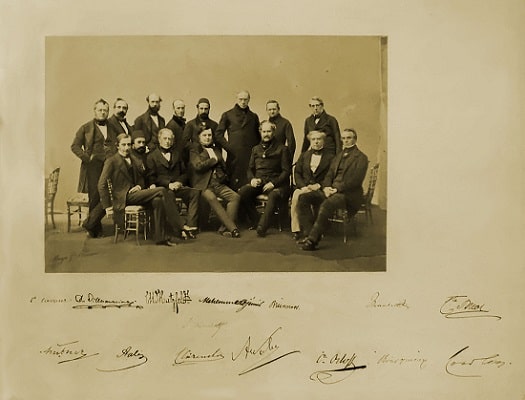
In 1914, a broad but far from a full or agreed-upon corpus of international law was established to define the bounds of action for neutral governments.
It was made up of neutral rights and duties formalized by international treaties, such as the 1856 Declaration of Paris and the Hague Conventions of 1899 and 1907.
For example, Hague Convention V provided that neutral states’ territory would be inviolable during hostilities.
This right to territorial integrity included the obligation to prevent belligerent military men from crossing into neutral territory.
Allowing them to pass undisturbed would offer them a clear military advantage, making them unneutral.
Nevertheless, the question of what constituted appropriate impartial border policing remained unanswered.
This demonstrated that even during the “golden age” of legal neutrality, its application was plagued with uncertainty.
However, the system worked not just because neutrality’s systemic worth was generally recognized but also because neutrality was never “just” a legal system.
It was also affected by precedent and national and international views of a neutral “ought” to do.
Total War and Neutrality in World War 1
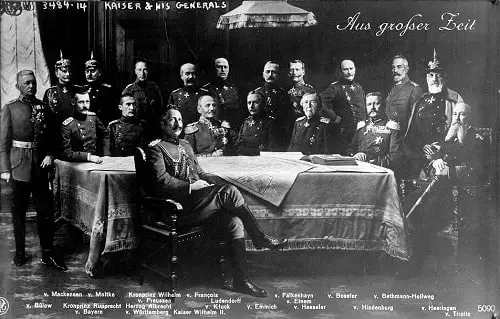
The First World War saw unparalleled breaches of neutrality.
Belligerents entered the neutral territory and seized “belligerent rights” at sea, violating the spirit of pre-1914 treaties and decades of precedent.
Since the international system’s stability was no longer a concern – instead, both belligerent blocs reframed their war efforts as a fight to improve the world – a state’s neutrality had to serve a practical purpose to the belligerents.
Sometimes all belligerents shared these goals – the Netherlands’ neutrality was enabled, for example, by a shared refusal to establish a new front so near to vital German and British population centers – but more often than not, there were conflicts.
Furthermore, in nations that had been permanently neutralized (e.g., Switzerland) or had been long-term neutrals (e.g., the Netherlands and Sweden), a link between national identity and neutrality had been created during the nineteenth century that had survived the First World War.
Other states chose to remain neutral because it was the least controversial option (e.g., in Spain). These, though, remained in the minority.
Most states who professed neutrality at the outset of the war in July 1914 ended up legally (such as Bulgaria or Romania) or informally (such as the United Kingdom) picking sides (such as those nations associated with the Allies or the Central Powers, one example of the latter being Uruguay).
Their ruling elites believed that national objectives could only be realized through active participation in the war or a seat at the peace conference that would end it.
For example, interventionists successfully argued in early 1915 that the unity of all Italians in one state could only be achieved by forcibly liberating the irredentist provinces.
And in 1917, the American government argued that it could not accept a world system dictated by the German Kaiser.
So, it pushed to ensure that the peace settlement reflected American principles, interests, and ambitions. In like manner, neutrality could also be lost owing to hostile violations.
Belgium and Albania, for example, forfeited their sovereignty merely because the assumed strategic benefits exceeded the downsides.
Neutrality could only survive the First World War if both the population of the neutral state and the belligerent powers were convinced that the benefits of neutrality surpassed the costs of belligerence.
Neutral Nations during World War 1
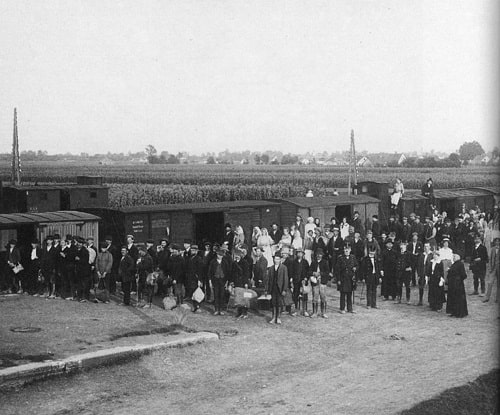
As mentioned, to be neutral implied not taking a position. During a battle, neutral countries could shelter refugees or prisoners of war.
They could also trade firearms, evacuate injured people, and protect themselves if invaded illegally.
Most crucially, a neutral country could not be invaded or threatened, and it had complete freedom in deciding who to assist.
These actions may not appear neutral, yet they can all be carried out without resorting to direct conflict with a single faction.
Because they did not substantially partake in the combat, the neutral countries of WW1 are frequently neglected.
However, to claim that neutral countries were not participating in some way in the Great War would be an understatement.
Neutrality among states was unequal, and maintaining neutrality meant different things to different countries.
Some countries sent supplies to both sides, while others were invaded or preferred one camp over the other. During World War 1, only a few countries stayed entirely neutral.
Countries that elected not to participate in World War One were Switzerland, Norway, Sweden, Ethiopia, Mexico, Belgium, Albania, Venezuela, Puerto Rico, and the United Kingdom.
Nations that were Completely Neutral in World War 1
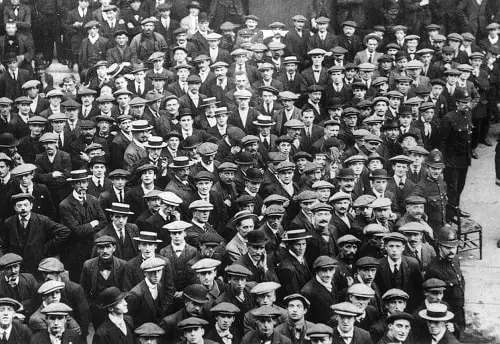
In any battle, a neutral nation does not take a side, engage in combat, or assist the war effort in any way.
The country does not prefer one faction over another or send guns, ammo, or other military supplies to a specific faction.
Many countries around the globe did not want to get involved in World War 1 and remained utterly neutral.
Denmark, Sweden, Spain, and Monaco did not take a side or actively participate in the fighting in Europe.
Likewise, Ethiopia was the only African country not engaged in the war because it was one of the continent’s few autonomous states.
On the other hand, the Central or Allied Powers that occupied them enlisted most African states into the war.
Similarly, Afghanistan, Mongolia, and Bhutan remained utterly neutral in Asia. South and Central American countries were often isolated from European diplomacy and were distant from combat.
Argentina, Bolivia, Chile, Colombia, El Salvador, Mexico, and Paraguay were also completely neutral throughout World War 1.
Unevenly Neutral/Imperfect Neutral World War 1 Countries
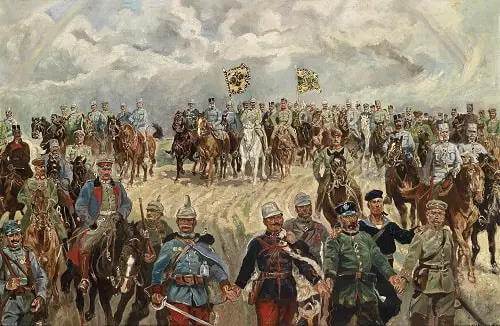
Imperfectly neutral states did not fight in WW1 but favored one side over another.
This was owing in some instances to diplomatic ties between two governments, one of which occurred to be directly participating in the war.
Lichtenstein, for example, was an inadequately neutral country since it was financially associated with Austria-Hungary, one of the war’s most crucial Central Powers.
Likewise, other countries, such as Venezuela and Japan, sided with one side and aided the war effort by supplying oil or mending military equipment for the Allies.
The U.S and Neutrality in World War 1
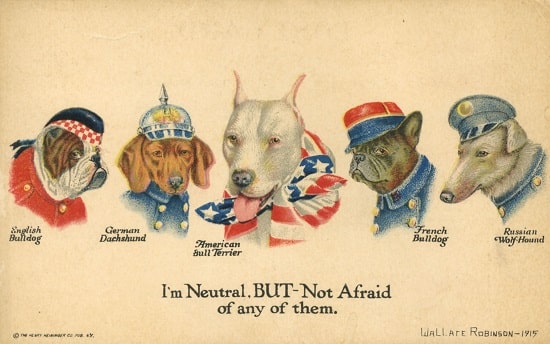
Until 1917, the United States was on the list of neutral countries.
Despite initially declaring neutrality in the war, the United States immediately entered hostilities as an Allied Power against the Central Powers, notably Germany.
It is acceptable that a neutral nation should not be attacked or have its military assaulted because it is not actively involved in the war.
However, Germany utilized submarines to attack American trade and passenger ships in the Atlantic Ocean.
This prompted President Woodrow Wilson to urge Congress that the United States should enter World War 1.
Consequently, on April 4, 1917, the United States abandoned its neutral position and joined the Allied Powers, sending troops to fight in the Great War.
Conclusion
The fact that only a few states remained neutral (in Europe: Norway, Sweden, Denmark, the Netherlands, Switzerland, and Spain; in South America: Mexico, Chile, and Argentina) demonstrates that the capability to do so was the stand-out exception rather than the norm during the First World War.
In addition to neutral states and persons, specific international organizations and institutions, such as the International Committee of the Red Cross and the Holy See, stayed neutral throughout the conflict.
In this case, too, continuing neutrality was predicated on a combination of the continued utility of their services to the belligerents and their perceived self-interest in remaining out of the battle.
